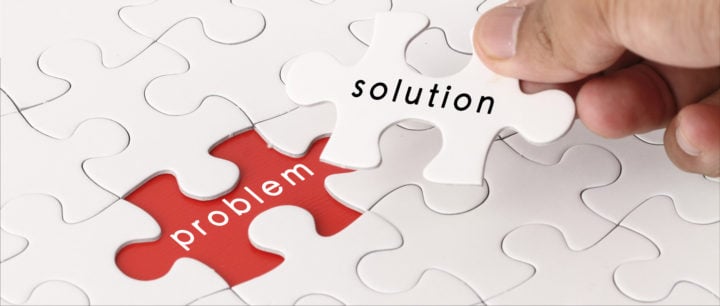Some of your clients should be compelled to change because their costs are much higher than they would be with your relatively higher-priced solution. Their costs are increased by small things that go unrecognized and are not captured on any financial report. Capturing these soft costs and convincing your prospective client that they are real, costly, and easy to eliminate can help you displace your low-price competitors. Removing these costs for your clients means improving their results, but first you have to be able to identify and capture those costs.
The Problem of Capture
Imagine you have a client that needs daily shipments of what you sell. On any day that the shipment doesn’t show up on time, the company loses some number of sales that an on-time shipment would have guaranteed. The lost sales vary from day-to-day, though, and the client has learned to live with missed shipments. That is a soft cost— it may never appear on an invoice or a profit and loss report, but it did cost the client something.
Or consider another scenario, where a component your client buys has a weakness that sometimes causes it to fail for their customers. The failure rate causes some customers to return the product, requiring someone in your client’s company to process the return, scrap the components, and replace the product. The number of returns varies, but it takes hours to resolve the customers’ issues, something that costs the company money.

Soft costs can be difficult to capture because they are rarely documented in traditional forms. Likewise, while a single soft cost may not be high enough to compel your client to take action to eliminate or reduce the problem, the sum of the soft costs can be significant enough to create change. Even though you may not be able to accurately capture the exact cost of the lost sales or the expense of resolving the customer issues, with nothing more than an estimate you can compel change.
The Unwillingness to Accept
What makes “soft costs” a hard problem is that the costs are only indirectly imposed on the client, preventing the client from being able to look at them directly. Many clients are not nearly as motivated by returning money to their company through eliminating soft costs as they are by direct price reductions, mainly because price reductions are much easier to quantify.
Some decision-makers and decision-shapers refuse to acknowledge the existence or significance of soft costs, let alone that they should do something about them. Because they like their supplier, don’t want to go through the process of change, or would prefer not to change their solution, they can resist even looking at their soft costs.
In the business I grew up in, clients with high turnover had to hire additional trainers and suffered a loss of productivity. Instead of improving their employee value proposition, something that would have eliminated the turnover and the need to train new people, they limped along, believing that a higher price would equal a higher cost. Paying a higher price would actually have lowered their costs—and their stress levels.
Assumptions Based on Experience
Even though soft costs can sometimes be difficult for you to capture and even more challenging for your client to accept, they are valuable in helping your client change their solution and their partner. This will benefit you directly, especially if you have a higher price that ultimately lowers your client’s costs. You don’t have to be perfect; it’s often enough to be directionally right.
You may not know exactly how much it costs a client to lose sales because their shipment didn’t show up on time, but an estimate of the lost sales each week multiplied by fifty-two weeks might be a more imposing number. It lets you show how the small premium you charge for a business model would recover those lost sales and increase your prospective client’s revenue and their profitability.
For the second scenario, there are some easy assumptions you might make about the cost of the customer service functions required to process returns due to failed components. You can look at the hours it takes to respond to customers’ returns, the cost of sending them a new product, the reputation damage from customers who complain on the internet, and the lost revenue from customers who ask for a refund. It may be difficult to get 100% accurate numbers, but it’s easy to estimate the costs.

The default position for a lot of the contacts you call on might be to refuse your assessment of the soft costs, but that is sometimes driven by their need to defend their decisions. You can bypass this objection if you present your assessment without making them feel like they were negligent. Some contacts may even listen to your assessment and tell you that your estimates are too conservative, strengthening your case that they should change.
Justifying Your Higher Price
Making the case for change helps you make a similar case for your higher price. You want to stack up all of the reasons your client should change now, to demonstrate that you want to help them improve their results. While you are working on these outcomes, you are also showing how your higher price will result in a lower cost, even if some part of that savings comes from the soft costs that most people overlook. While soft costs alone might not compel change, combining your analysis with all the other reasons your client should change can help finally persuade them.

Get the Free eBook!
Sales Call Planner Guide
Your dream client expects you to know how to help them and what that process should look like. Execute your best sales calls with this free sales call planner!
Download Now







.jpg?width=768&height=994&name=salescall-planner-ebook-v3-1-cover%20(1).jpg)


